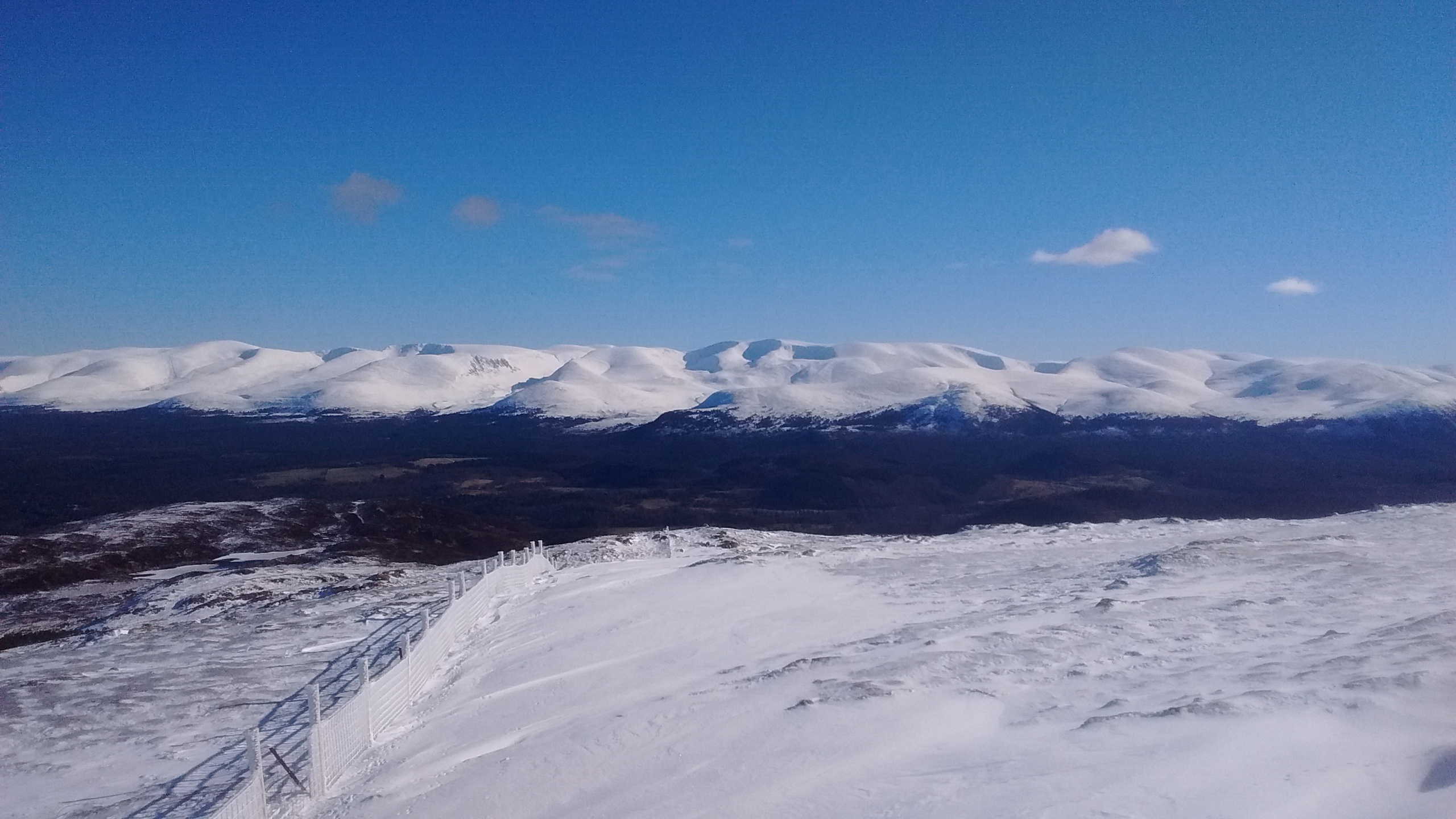Park Talk: Snow business!

Park Talk: Snow business!
By CEO Convener, Xander McDade
Following on from my last blog, I’d like to continue the discussion around the climate emergency. Looking back to the end of last year, we published the ‘Snow Cover and Climate Change in the Cairngorms National Park’ report. In a nutshell, the study suggests that in the next ten years, snow cover patterns may remain the same as the previous ten years, but from 2030 onwards there is likely to be a decline in the number of days of snow cover, with a substantial decrease post 2040.
We commissioned this report along with ClimateXChange, Scotland’s centre of expertise connecting climate change research and policy. Working with researchers such as the James Hutton Institute and Scotland’s Rural College – who carried out the study – it is extremely important to ensure we have the best evidence to support all future management decisions in the Park.
There is no doubt that a lack of snow cover in the Cairngorms National Park will have implications for several snow loving species, for water supplies, water temperatures, recreation as well as for the economy.
With this being the UK’s largest national park, with multiple partners working together, we can look to deliver nature based solutions on a ‘landscape scale’ to help tackle the climate emergency. There are various conservation projects already happening on the ground from peatland restoration to millions of trees being planted – we are confident that this will help but it needs to happen across the country, not just here, and needs considerable investment.
Many of our peatlands are degraded at the moment but the restoration of these peatlands is one of the major contributions we can make to tackle the climate emergency. They store significant carbon and can help to mitigate flood risk. Furthermore, last year we launched a new Forest Strategy with the aim of working with others to create 5,000 hectares of new woodlands over the next five years – delivering social, economic and environmental benefits.
There is no doubt that land management practices are changing across the Park as we look to integrate many different land uses together to deliver woodland expansion, peatland restoration, low carbon farming and much more, with a view to tackling the climate emergency.
It seems funny to be writing about a decline in snow days right now as I watch the flurry of flakes pass the window. And it is worth remembering the ‘Snow Cover and Climate Change in the Cairngorms National Park’ report based its projections on the assumption that there would be a continued high use of fossil fuels and an absence of globally effective climate policies – what the scientists call the ‘high emissions scenario’. We need to continue to work hard to tackle the climate emergency and it’s going to take a lot of funding as well as creativity. It also needs absolutely everyone to make the effort to do what they can and hopefully the Cairngorms National Park can lead the way in Scotland.
Alert
Latest from the National Park
Update on wildfire situation
Convener Sandy Bremner and Chief Executive Grant Moir have given an update on the ongoing wildfire situation.
Statement on wildfires
An update from Grant Moir, Chief Executive of the Cairngorms National Park Authority, on the ongoing wildfires in Moray and Highland.
New Nethy houses get green light
Meeting in Ballater, the Planning Committee approved applications for a development of 35 houses in Nethy Bridge and a floodplain restoration scheme on the River Dee.
Relevant alerts
-
As a result of ongoing efforts to tackle wildfires to the north of the Cairngorms National Park, several roads are currently closed. Scottish Fire and Rescue are in attendance and the public are advised to avoid the area, including footpaths. Road users are asked not to ignore road closed signs.
The affected roads are:
- B9007 Ferness to Duthil
- U2379 Lochindorb Road
- B939 Ferness to Grantown-on-Spey
- U2347 Braes of Castle Grant
For all the latest information check out the Scottish Fire and Rescue Service and Police Scotland website and social media.




